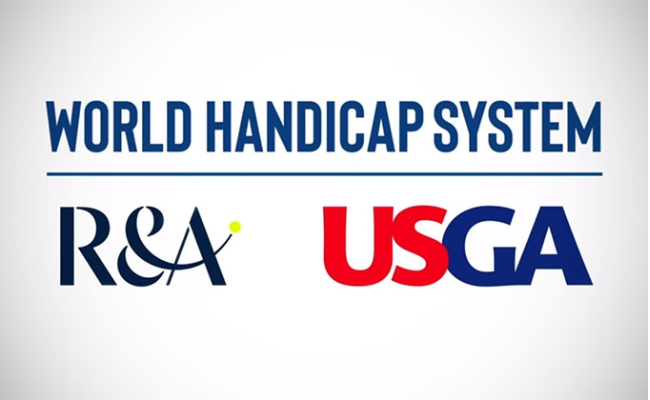Your Potential Ability: Why You Don’t Always Play To Your Handicap

The word “potential” feels upbeat in so many ways. We all have potential in relation to many things, including golf. Some consider their golf potential to be the brilliantly played, once-in-a-blue-moon, well-struck shot; while others think of their lowest score for a round. The USGA Handicap System™ has a slightly different vision in mind.
The standard measure of a golfer’s “potential ability” is the USGA Handicap Index®, which is a decimal number issued at each handicap revision. A Handicap Index is then converted to a Course Handicap™ to account for the course and tees being played that day. Some technical jargon sneaks in when we are told that this is the number of strokes needed to play down to the level of play for a scratch golfer, which happens to be the USGA Course Rating™.
Back to reality. Many golfers express concern about not playing to their handicap with any frequency. Maybe we aren’t all in tune that the goal is to subtract the Course Handicap from the score for the round and equaling or beating the USGA Course Rating. Maybe the focus is on par. More likely, it is just a general frustration that the handicap is too low and success doesn’t seem within grasp.
This is where the word potential sneaks back into the vernacular. The system is not built so that a golfer will play to his handicap with frequency because it is a measure of one’s “potential ability.” The USGA indicates that statistics suggest that a golfer should play to his handicap 20-25 percent of the time. Does that make anyone feel better?
For numerous reasons, including maximizing the possibility of equitable competition for a variety of formats, a golfer’s demonstrated ability is used. First of all, in the case of a full scoring record with 20 scores, only the 10 best handicap differentials (scores converted to a value that considers the USGA Course Rating and Slope Rating so that they can be accurately compared) are used in the calculations.
If the best 50 percent of anything is used, one is not going to attain this level regularly. Additionally, there are a few other items that drive down the likelihood of playing to our handicap regularly: Equitable Stroke Control, which results in a maximum hole score to make handicaps more representative of a player’s demonstrated ability, and a percentage of 96, which is identified as a bonus for excellence to give incentive for a golfer to improve, etc.
Call it what you want (rigged!?), but a system that maximizes equitable competition and tries to reflect potential ability is one that results in golfers not playing to their handicaps very often. So, join the legions of frustrated golfers who believe that they should play to their handicap more often, yet remember that people like professional baseball players win awards for getting a base hit approximately one out of three times.
We all have potential; it is not our average and it is not necessarily our best. Just celebrate those rare occurrences when you play to your handicap. ▪
P.S. With a World Handicap System coming in 2020, it is pretty much a guarantee that demonstrated ability will be at the forefront of that system. A collective heavy sigh is in order as we aspire to try to play to our handicap.











